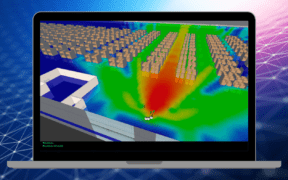Category: 5G

The design prediction accuracy report is one of many reports featured in iBwave Design, a leading RF planning and design tool for indoor wireless systems. This report compares RF coverage prediction versus measured data at a venue. In this blog, we’ll explain what the numbers in the report mean, how they should be interpreted, and […]

The manufacturing industry is in the middle of a high-tech revolution, fueled by advancements in connectivity. As factories adopt more automation and move towards the concept of “smart manufacturing” for better efficiency and sustainability, the need for reliable, high-performance networks has never been greater. Private 5G networks are emerging as the ideal solution, providing the […]

The energy and utility sectors occupy a unique position in the global landscape, serving as the bedrock of national infrastructures while demanding unparalleled levels of communication reliability, security, and uptime. These industries, encompassing everything from electricity and gas distribution to renewable energy generation, are characterized by critical requirements that necessitate robust communication networks. Amidst this […]
